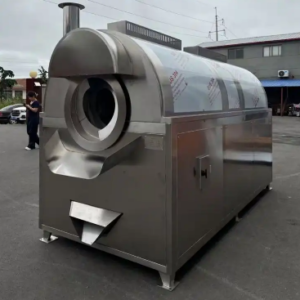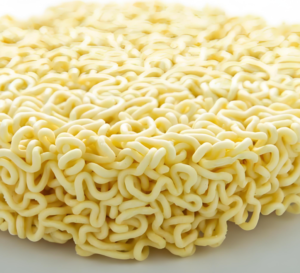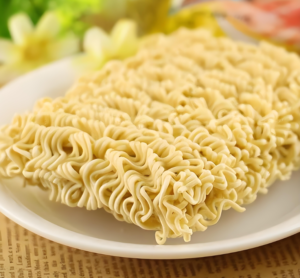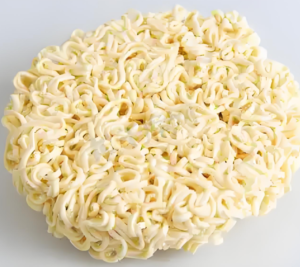How Cat Food is Produced: A Step-by-Step Guide
Cat food production involves a series of carefully controlled steps to ensure nutritional balance, safety, and palatability. The process varies slightly depending on the type of cat food (dry kibble, wet food, or specialized formulas), but the general manufacturing steps remain consistent. Below is an overview of how commercial cat food is made.
1. Ingredient Selection & Preparation
The first step involves selecting high-quality ingredients based on feline dietary needs. Common ingredients include:
- Protein sources (chicken, beef, fish, or plant-based proteins for specialized diets).
- Carbohydrates (corn, wheat, rice, or potatoes).
- Fats & oils (fish oil, chicken fat for essential fatty acids).
- Vitamins & minerals (taurine, calcium, vitamin E, etc.).
- Fiber sources (beet pulp, pumpkin, or cellulose).
Before processing, ingredients are cleaned, deboned (if using meat), and ground into a fine mixture.
2. Mixing & Blending
The ingredients are combined in large industrial mixers to create a uniform dough-like consistency. During this stage, additional supplements (like vitamins and amino acids) are added to meet nutritional standards.
3. Cooking & Processing
The method varies depending on the type of cat food:
A. Dry Kibble (Extrusion Process)
- The mixture is fed into an extruder, where high pressure and steam cook it at around 150–200°C.
- The dough is forced through a die to shape it into small pellets.
- The kibble is then dried in an oven to remove moisture and increase shelf life.
B. Wet Food (Canning/Sterilization)
- The blended ingredients are cooked and sealed in cans or pouches.
- The cans undergo sterilization (retort processing) to kill bacteria and ensure long-term preservation.
C. Specialized Diets (Freeze-Dried/Raw)
- Some premium cat foods use freeze-drying or dehydration to retain nutrients without high-heat processing.
4. Coating & Flavor Enhancement
After drying, kibble is often sprayed with fats, oils, or flavor enhancers (such as animal digest) to improve taste and texture.
5. Quality Control & Testing
Before packaging, samples are tested for:
- Nutritional content (protein, fat, fiber levels).
- Microbial safety (salmonella, mold, toxins).
- Physical quality (size, texture, moisture levels).
6. Packaging
The final product is packed in airtight bags (for dry food) or cans/trays (for wet food) to maintain freshness. Some brands use nitrogen flushing to prevent oxidation.
Conclusion
Cat food production is a highly regulated process that ensures balanced nutrition and safety. From ingredient selection to final packaging, each step is designed to meet feline dietary needs while maintaining quality and palatability.
Would you like more details on any specific type of cat food production?








